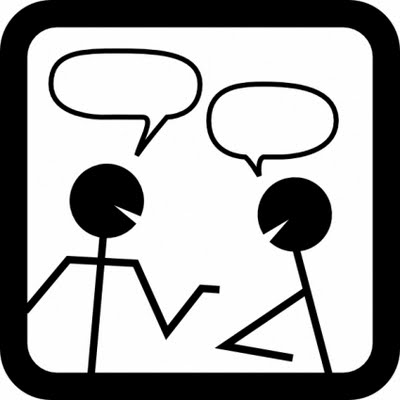Internal marketing’s focus on valuing both customers and the employees who serve them requires strengthening three critical connections:
- Connecting the employee to the organization
- Connecting the employee within the organization
- Connecting employees with customers.
This post begins a series on each connection, starting with connecting employees to their organization through orientation (for new employees) and constant communication (for all employees). This establishes and reinforces employees’ fit in the scope of the organization (“big picture”) and what’s expected of them in helping the organization fulfill its mission & goals.
Becoming a Part of the Organization
Orientation’s role is to educate the new employee about:
- The organization – its mission, values, goals, how it operates, where it’s going, etc.
- The specific job function – answering the employee’s questions on “What do I do & how do I do it? How will I be evaluated?” etc.
- The industry in general – this is important for giving new employees a broader perspective by addressing how the organization is positioned within its industry; who its partners and competitor are; and trends (positive or threatening) that can impact the organization and its industry. (Unfortunately, this component of orientation – connecting employees to the “big picture” – is often ignored.)
Starting off right
Starbucks‘ CEO Howard Schultz greets all new hires via video in which he shares the company’s history & culture, what it stands for, and where it’s going … he refers to this critical time as the “imprinting period of the new employee.”
Eat’nPark, a Pittsburgh-based restaurant chain, focuses on making new employees feel truly welcome. Before a new hire starts in one of their restaurants, the manager circulates a “Welcome to the Team” card to be signed by staff. This card includes a post-it note with brief information about the new team member – the person’s name, job position, and a fun-fact about the person’s hobbies or interests. The welcome card works on several levels: it makes the new person feel welcome, facilitates communication between the new hire and current staff, and helps minimize some of the initial awkwardness of everyone getting to know each other.
Evaluating Orientation
After new employees complete their orientation, don’t forget to get their feedback in formal or informal evaluations. A great question to ask employees after they’ve been on the job for a period of time (six weeks, three months, or longer) is “What do you know now that you wish you had known when you started?”
To be continued: my next post will address the communications aspect of this connection.



